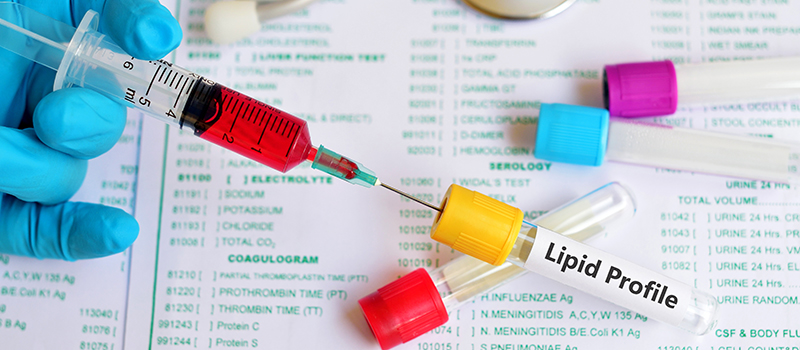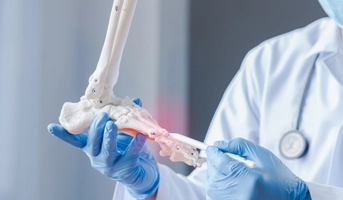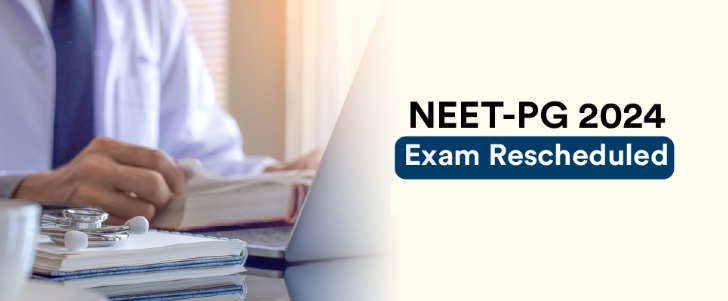- Home
- Medical News
- LAI Updates Guidelines for Heart Disease Management: A Game-Changer for Indian Patients


LAI Updates Guidelines for Heart Disease Management: A Game-Changer for Indian Patients
Recent updates from the Lipid Association of India (LAI) herald a new era in heart disease management for Indian patients. These fresh guidelines, reported by the Economic Times on February 24, bring significant advancements in cardiovascular risk assessment and lipid management strategies, aiming to revolutionize the approach to tackling heart disease in India.
Key Updates
Under the revamped guidelines, patients are categorized into distinct risk groups, allowing for more tailored and effective treatment plans. Notably, individuals with metabolic syndrome and non-alcoholic fatty liver disease (NAFLD) are advised to target LDL cholesterol levels below 70mg/dL, reflecting a proactive stance in addressing these common comorbidities.
Introducing the Extreme Risk Group Category C
A groundbreaking addition to the guidelines is the introduction of ‘Extreme Risk Group Category C’ for patients experiencing persistent chest pain despite exhaustive treatments. Dr. Vinod M. Vijan, an interventional cardiologist, suggests that LDL cholesterol levels for individuals in this category should ideally range between 10-15 mg/dL, highlighting the need for highly intensive lipid-lowering therapy in these cases.
Early Screening and Intervention
Emphasizing the importance of early intervention, LAI advocates for regular lipid profile screenings from the age of 20, with even earlier screenings for individuals with a family history of high cholesterol or premature coronary heart disease. This proactive approach aims to identify at-risk individuals sooner, enabling timely interventions to mitigate cardiovascular risk.
Addressing Subclinical Atherosclerosis
The guidelines recognize the significance of subclinical atherosclerosis as a precursor to adverse cardiovascular events. LAI recommends coronary artery calcium scoring to stratify (ASCVD) Atherosclerotic Cardiovascular Disease risk in selected patients, allowing for targeted interventions to halt disease progression before clinical manifestations arise.
Conclusion
The updated guidelines from the Lipid Association of India mark a significant milestone in the fight against heart disease in India. By integrating the latest evidence and expert consensus, these guidelines offer a comprehensive framework for healthcare professionals to identify, assess, and manage cardiovascular risk effectively. With a focus on early screening, personalized treatment, and aggressive lipid-lowering therapy, these guidelines have the potential to reshape the landscape of cardiovascular health for Indian patients, ultimately working towards reducing the burden of ASCVD in India.
Related Medical News
Cosmetic Botulinum Toxin Simplified
Dr Rasya Dixit , Dr Urmila Nischal , Dr K. C Nisch...
Critical Care Simplified
Dr Yatin Mehta , Dr Subhal Dixit , Dr Kapil G. Zir...
Advance Course in Ultrasound and Infertility
Dr Sonal Panchal , Dr Chaitanya Nagori
Ganga Videos on Spine Surgery
Prof Rajasekaran Shanmuganathan , Dr Ajoy Prasad S...
Pathology for UnderGrads
Prof Harsh Mohan , Prof Ramadas Nayak , Dr Debasis...
Microbiology for UnderGrads
Dr Apurba S Sastry , Dr Sandhya Bhat , Dr Deepashr...




































